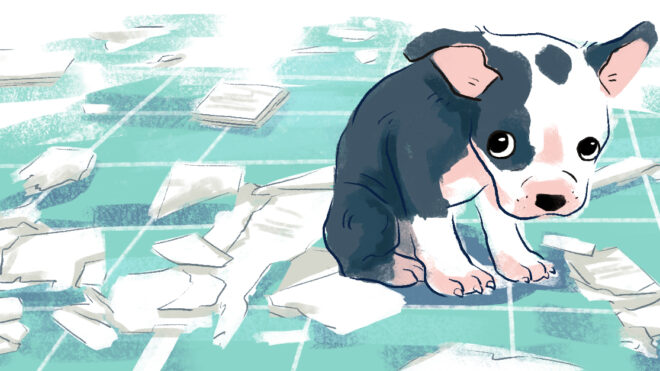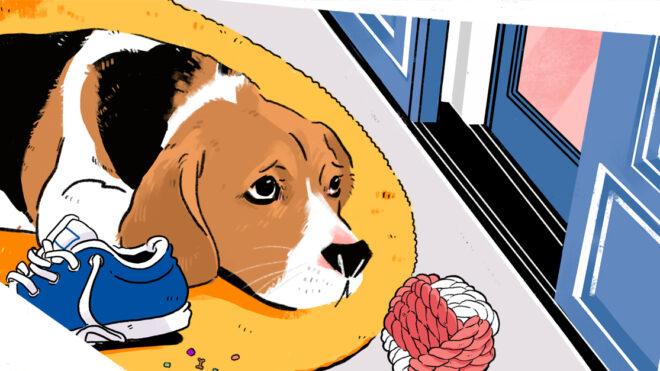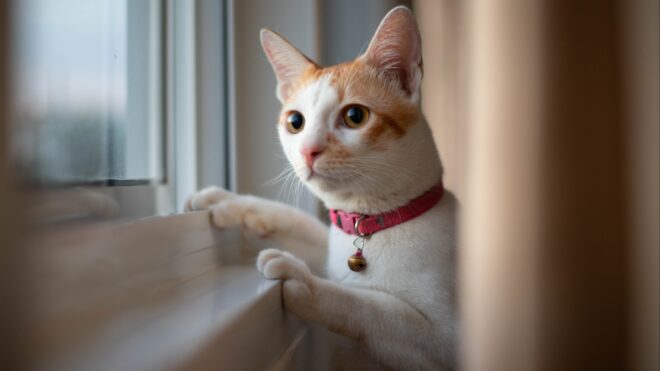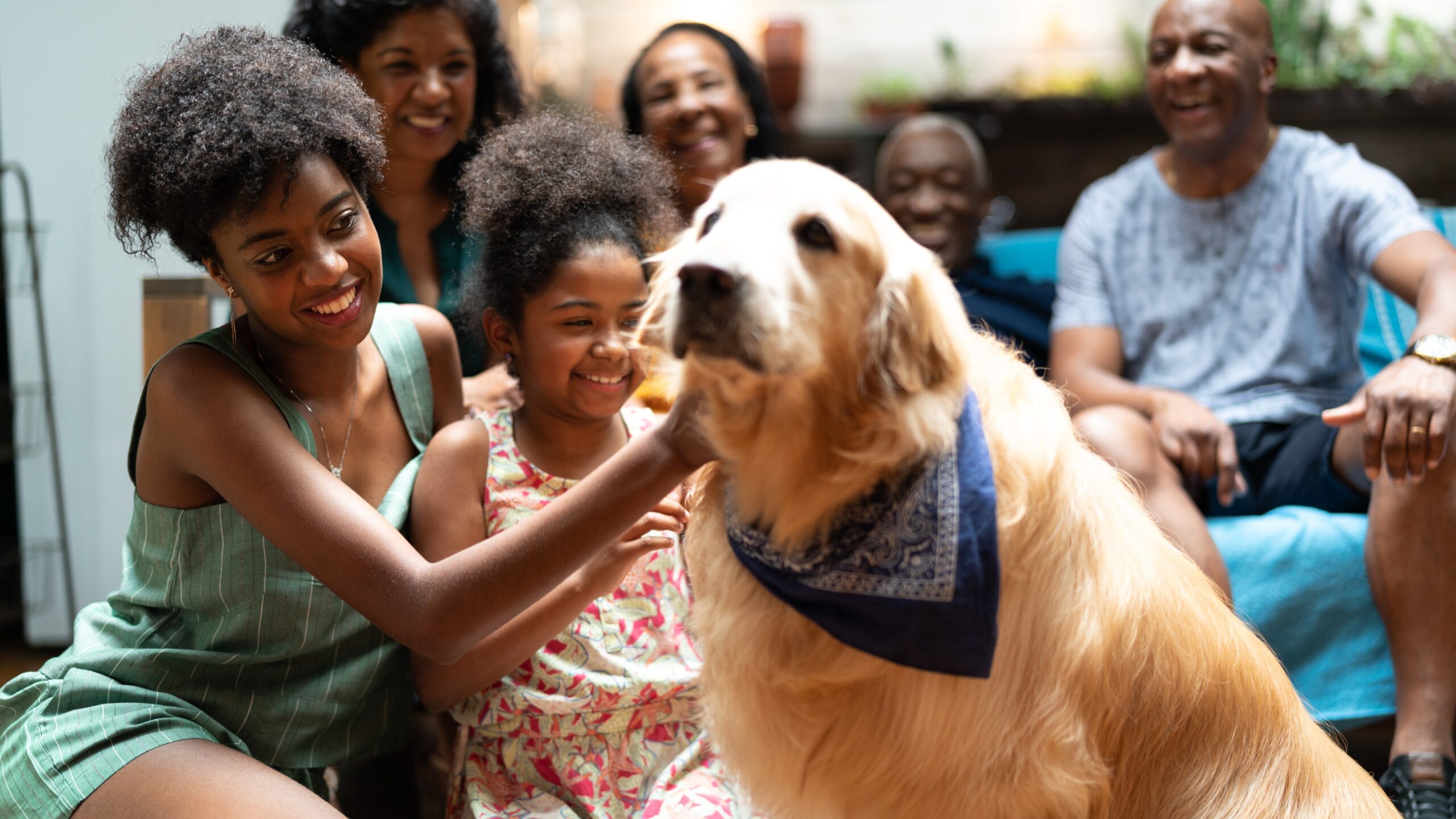
Many of us first experience motherhood through our pets. Once we have human children, our hearts warm with pride as we watch our fur babies develop their own relationship with our new little family members. As kids and pets grow together, so do their bonds. That’s one of the reasons why it’s so devastating to lose a pet. Having to explain what happened to your kid is equally as dreadful.
More from LittleThings: Popular Himalayan Salt Lamps Can Be Extremely Dangerous For Your Pets, Experts Warn
Michelle Felder — therapist, licensed clinical social worker, and founder of Parenting Pathfinders — tells LittleThings, “A child’s understanding of death evolves over time, and although children typically develop a full understanding of the permanency and universality of death around age 7, it’s around age 4 that children tend to begin to grasp that death means that something's body stopped working, they’re gone, and that they won’t come back.”
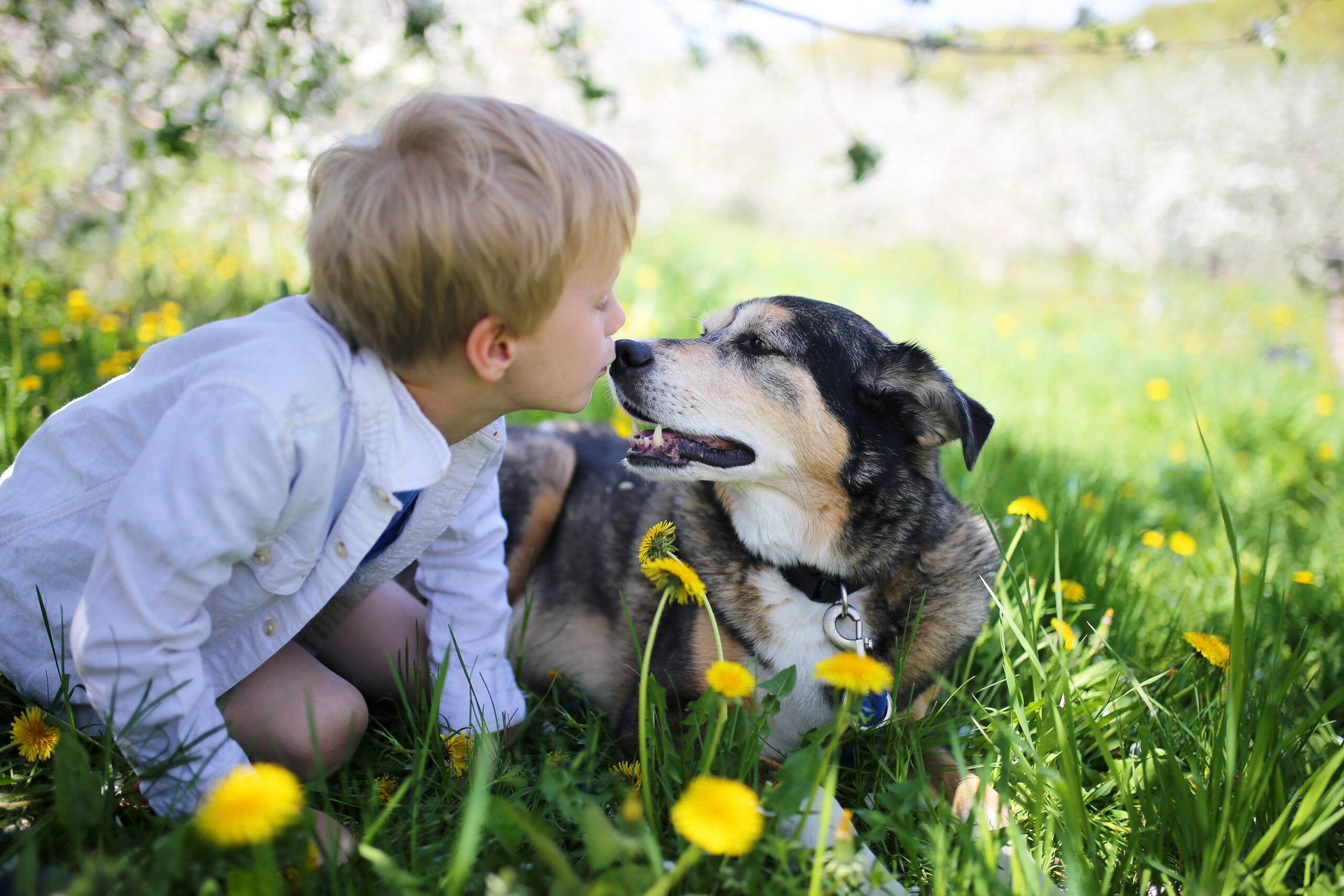
If a child is very young and not able to fully understand death, Felder encourages parents to talk about death honestly and to answer their questions in a way that is clear and factual. She says, “When explaining the loss, parents should use the words ‘died’ and ‘dead’ to describe what happened, and be clear that their pet won’t be coming back; using phrases like they were ‘put to sleep’ can create unnecessary fear and confusion for kids. Also, avoid creating an elaborate story about why their pet is gone, and don’t tell kids that their pet went somewhere else — stick to the facts using simple language and a neutral tone. Something else to keep in mind is that although a young child may not completely understand what it means for their pet to die, they will still have the experience of missing them, and it can be supportive for parents to validate these feelings and to create space for children to express their emotions.”
Oftentimes, pet owners have to make the difficult decision to send their pet over the rainbow bridge, and in those cases, Felder says it’s best to let the kids know what’s happening. "This way, they have an opportunity to have a healthy goodbye, and they don’t experience loved ones as just disappearing, which can actually create a scarier experience for kids," she explains. "I also encourage parents to avoid using euphemisms like ‘being put down’ or ‘being put to sleep’ – instead, you could offer an explanation like [the following]."

"‘I want to talk to you about something really important,’" Felder suggests parents begin. "‘You know how Spot has been really sick lately and we’ve been taking him to the vet a lot? Well, the vet has been giving him medicine and doing everything that they can to help him feel better, but now we know that Spot isn’t going to get better. We love Spot so much and don’t want him to be in pain anymore. And sometimes, grownups have to make really hard choices about how to help someone that they love. And we’ve decided to let the vet give Spot a special kind of shot that will make his heart and brain and body stop working — this won’t be scary for Spot, and it won’t hurt him at all — but when the vet is all done giving Spot this special shot, he’ll die and we won’t be able to see him anymore. It makes me feel so sad that we won’t have Spot anymore, and however you feel about it is OK. How does hearing this make you feel?’ Then ask, ‘Do you have any questions?’ or ‘Is there anything that you’re wondering about?’"
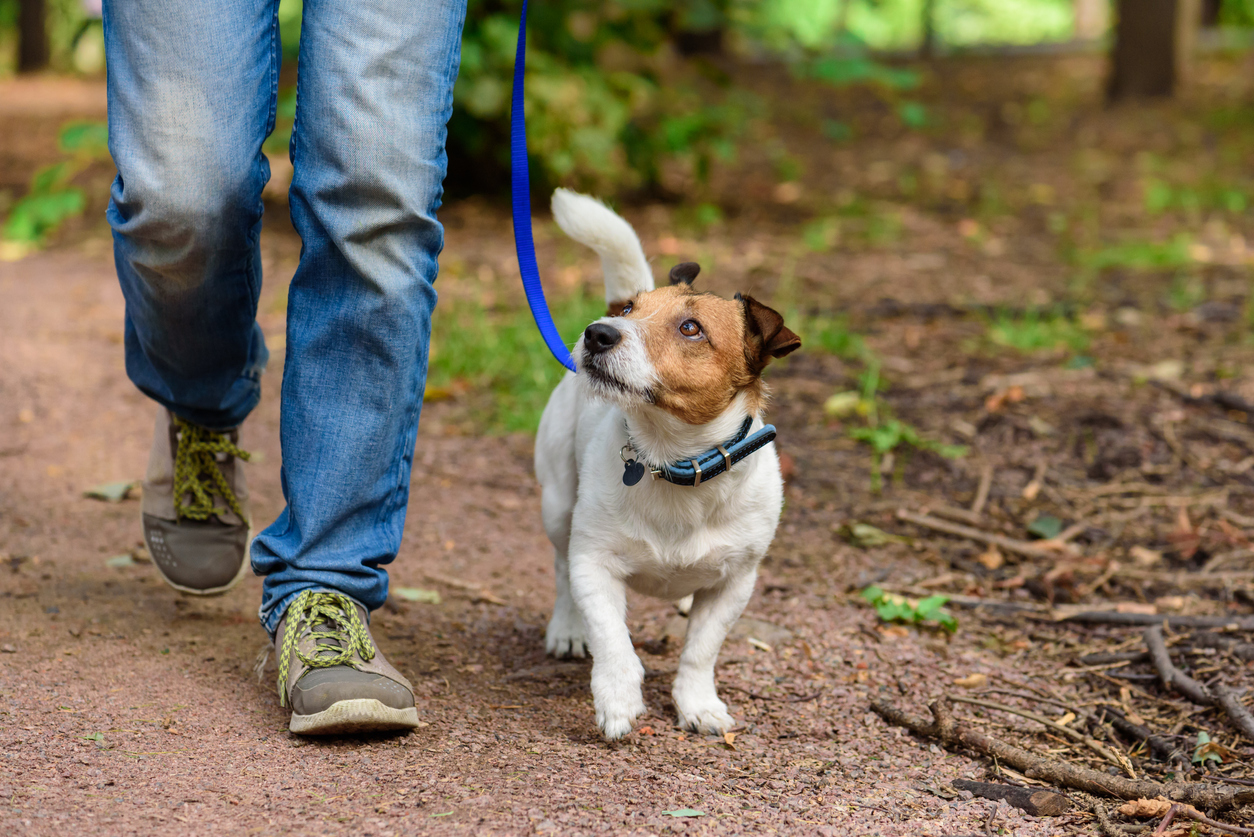
After their pet is gone, Felder says parents can help their kids cope by honoring the animal's life. "It’s so important to create opportunities for children to honor their pet after they’ve died," she explains. "You could have a simple memorial service at home or at a place that their pet loved — the park or beach — and give children a chance to share something that they love, miss, and will always remember about their pet. You can also share stories and funny moments that you shared with your pet. I encourage families to write these stories down, have kids draw pictures, or keep mementos about these special times in a scrapbook that children can have access to. Families can also put a picture of their pet up in your home or plant a tree or flowers in their honor."

It's natural to feel sad for a while. “The most supportive thing that we can do to help children cope with the loss of a pet is to be honest about what happened and create space for them to express how they feel,” reminds Felder. “Reassure kids that there is no right or wrong way to feel when your pet dies. Also, don’t hide your feelings from your kids — it’s OK if they see you cry, and it’s beneficial for children to experience their parents moving through difficult emotions in a healthy way. It’s also comforting for kids to know that others are feeling sad, too, so talk about how you feel openly, but be mindful of creating a situation where your child is in a position to be taking care of your feelings. I encourage families to talk about their pet and to keep their memory alive in your home; this also lets kids know that it’s OK to bring their pet up and to talk about what happened whenever it’s on their mind.”
If home feels empty, you might think about getting a new pet to fill the void. “Grieving is a process that cannot be rushed, and although quickly replacing a pet may seem helpful, it may actually disrupt this process,” warns Felder. “Be mindful of the message that getting a new pet soon after can send, particularly that loved ones can be replaced and that the death of a pet is something that should be gotten over quickly and moved on from as soon as possible. Children benefit more from being able to experience and move through uncomfortable emotions than they do from us trying to prevent them from experiencing this discomfort.”
As the popular quote from wildlife photographer Roger Caras goes, “Dogs are not our whole life, but they make our lives whole.” And for that, pet lovers will continue to love after loss.

